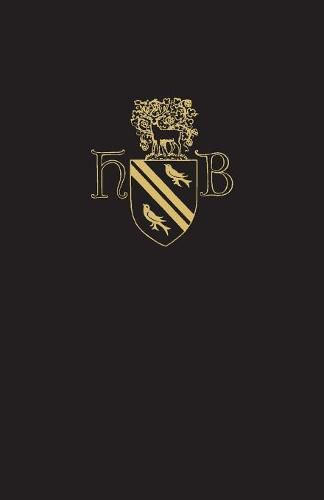Readings Newsletter
Become a Readings Member to make your shopping experience even easier.
Sign in or sign up for free!
You’re not far away from qualifying for FREE standard shipping within Australia
You’ve qualified for FREE standard shipping within Australia
The cart is loading…






The “Missal of Robert of Jumieges’ is one of the most important, and also most beautifully written and decorated, service books which have survived from the late Anglo-Saxon period. Probably written at Canterbury in the early years of the eleventh century, it eventually came into the possession of Robert, bishop of London (1044-51), who gave it to the abbey of Jumieges in France, where it remained until 1791. From a liturgical point of view, the manuscriptis notable for the large number of masses commemorating not only native English, but also continental, and particularly Flemish, saints culted in late Anglo-Saxon England; the book is thus an important witness to the cultural links between England and the Continent at that time.
The text, first published in 1896, has a still-valuable introduction by its editor and is accompanied by fifteen black and white plates, which give some impression of the original, lavish decoration. There are also full indexes of liturgical forms and subjects.
$9.00 standard shipping within Australia
FREE standard shipping within Australia for orders over $100.00
Express & International shipping calculated at checkout
The “Missal of Robert of Jumieges’ is one of the most important, and also most beautifully written and decorated, service books which have survived from the late Anglo-Saxon period. Probably written at Canterbury in the early years of the eleventh century, it eventually came into the possession of Robert, bishop of London (1044-51), who gave it to the abbey of Jumieges in France, where it remained until 1791. From a liturgical point of view, the manuscriptis notable for the large number of masses commemorating not only native English, but also continental, and particularly Flemish, saints culted in late Anglo-Saxon England; the book is thus an important witness to the cultural links between England and the Continent at that time.
The text, first published in 1896, has a still-valuable introduction by its editor and is accompanied by fifteen black and white plates, which give some impression of the original, lavish decoration. There are also full indexes of liturgical forms and subjects.